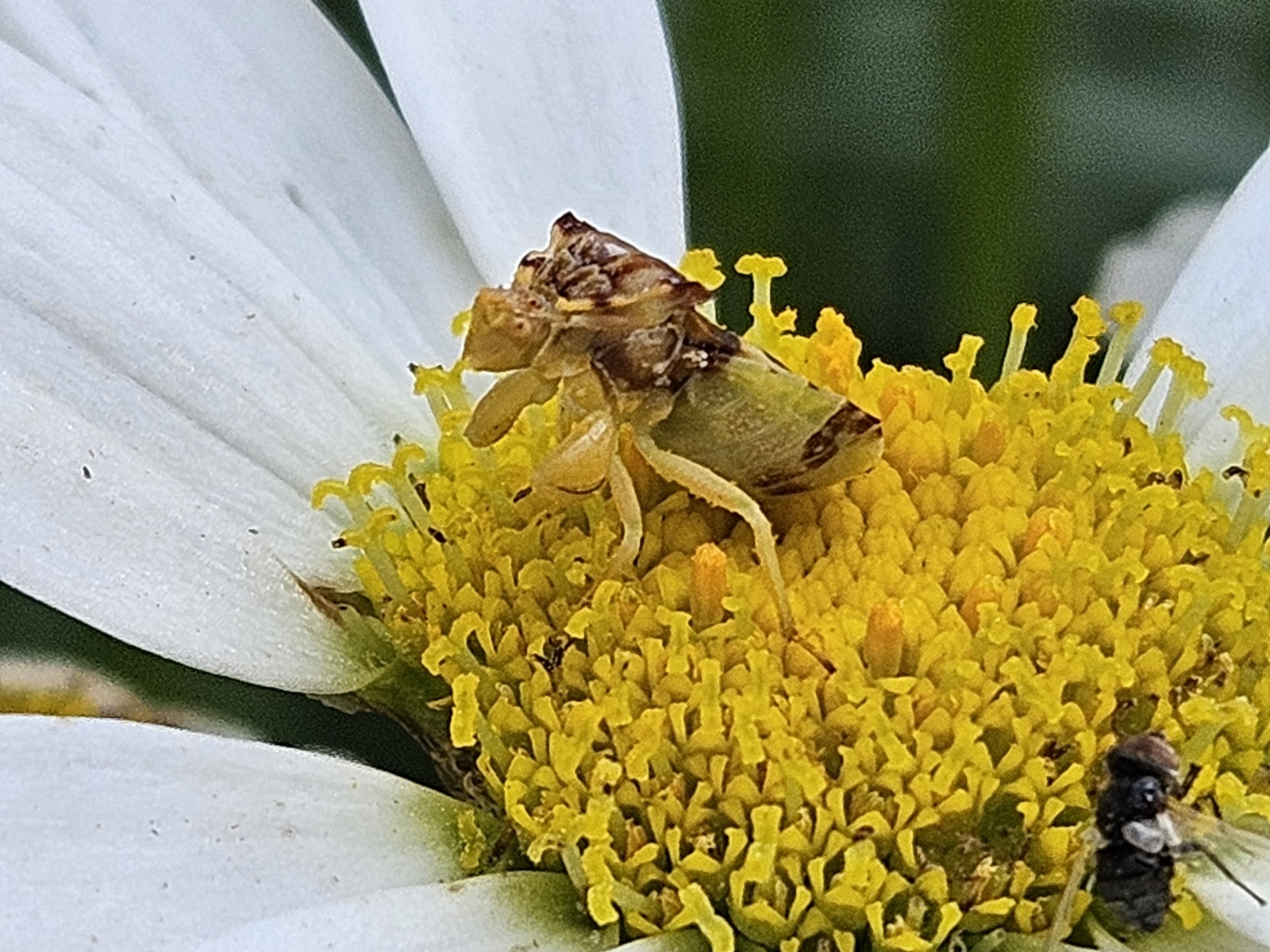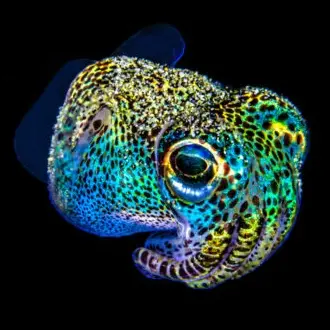A deer nibbled at my dragon fruit cactus, not Khorne. Assassin bugs are fantastic generalist predators and this nymph hitched a ride on my plants as I took them indoors for the winter. I’m keeping it around as pest control and hopefully some others will join it. Aphids for the Aphid God.
Blood for the Bug God.
Oh cool I didn’t know assassin bugs were a whole class of bugs. I was at a museum recently and saw some but they were way more beetle-y looking than your pal khorne there.
I can’t tell which species Khorne is, but the local one I see most often looks like this as an adult:

They’re so neat. My pollinator gardens at work are full of them collecting exoskeletons for the exoskeleton throne.
edit: specifically Phymata americana. I think Khorne might be a Zelus luridus.
That’s really cool. Bugs are so neat. They have such a crazy array of chemical weapons, defenses and tools
I’m pretty ok with my life but sometimes I wish I could go back in time and become a biologist instead of a life-enthusiast
I hate that my horticulture degree only included one entomology course which was half-assed. They’re such a critical part of my work but a big blind spot for me scientifically.
Luckily now you are making up for it with some half-assassins now
I think Khorne might be a Zelus luridus.
That’s elsewhere in the thread. I googled.
I really like this article I found - Bug Eric: Sundew Assassin Bugs: Zelus. It’s short and well-written for the average reader. Example…
Sundew assassins get their common name from the unique physiology that allows them to catch prey. While ambush bugs have extremely muscular front legs that snap shut on prey with stunning force, sundew assassins look like the 90-pound weakling by comparison. Their appendages are thin and seemingly delicate or flimsy. The tibiae (“shins”) of the front legs (and to some degree the middle legs) are densely covered in short hairs, and this is part of their secret weapon.
Special glands in the exoskeleton of the legs secrete a glue-like material that that the insect intentionally smears over those hairs. This creates a sticky layer that small prey cannot escape from once the assassin grabs them. The prey-catching scenario is analogous to the insect-eating plant known as the sundew, which inspires the name “sundew assassin bugs.”
Wow, cool lil guy
Removed by mod




